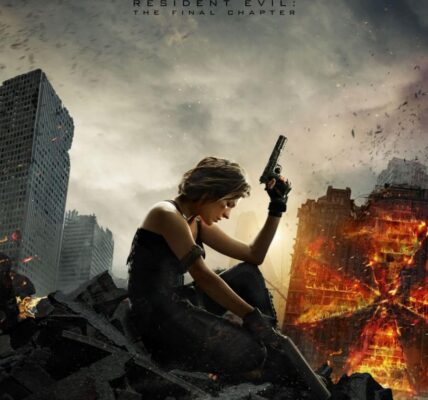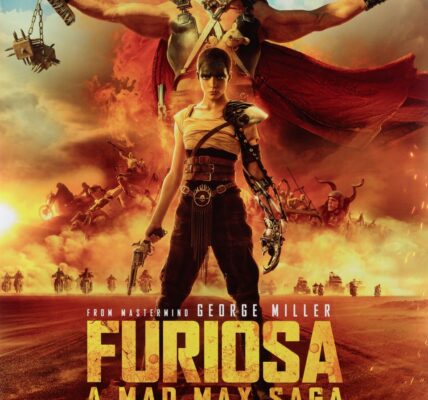1. Plot Summary
Resident Evil (2002), directed by Paul W. S. Anderson and starring Milla Jovovich, introduces us to Alice, who awakens with amnesia in an underground research facility known as the Hive, run by the sinister Umbrella Corporation. Alongside a tactical team of commandos, Alice navigates this shadowy world, confronting ravenous creatures and unraveling sinister experiments tied to the mysterious T-virus. Set within a tense, claustrophobic environment, the film blends bio-horror with action-packed survival.
2. Notable Elements
-
Action-Horror Hybrid: The film is known for its stylized fusion of martial arts, horror, and rock-infused energy—the vibe of early 2000s nu-metal cinema.
-
Iconic Action Moments: Milla Jovovich’s wall-jump followed by a kick to a zombie dog became an unforgettable signature scene, one she championed in a script rewrite.
-
Visual Flourish: Director Paul W. S. Anderson’s aesthetic—think slow-motion, bold zoom shots, and glimmers of experimental 3D—imbues the film with a uniquely maximalist style that turns excess into art.
3. Themes and Messages
Although not holiday-centered, the film explores themes that resonate during times of community and crisis:
-
Corporate Malfeasance: A chilling cautionary tale of unchecked corporate greed and its consequences.
-
Identity and Resilience: Alice’s journey from amnesia to empowerment mirrors finding oneself amid chaos.
-
Survival Through Unity: Though fierce and often solo, Alice relies on alliances, reflecting how collective action can bolster resilience—even when the odds seem insurmountable.
These elements underscore themes of confronting corruption, reclaiming oneself, and persevering—a fitting echo even for holiday reflections on humanity and responsibility.
4. Personal Impressions
Strengths
-
Milla Jovovich’s Performance: Her portrayal of Alice is physically commanding and emotionally evocative—she anchors the film’s intensity.
Advertisement -
Stylish Action Sequences: Fast-paced, inventive choreography and dynamic visuals keep the energy taut throughout.
-
Unique Tone: A memorable blend of horror, martial arts, and cinematic flair that stands distinct in its genre.
Weaknesses
-
Critical Reception: Reviews were largely negative at release, with criticisms often aimed at narrative coherence and character depth.
-
Plot Thinness: At times, the storyline functions more as a backdrop to the spectacle, offering less in terms of emotional investment or philosophical depth.
-
Repetitive Trope: The amnesiac protagonist navigating a biohazard feels familiar—fresh in execution, perhaps less so in concept.
5. Audience Recommendations
Ideal for viewers who appreciate:
-
Action-driven horror with flair, especially those drawn to martial arts and sci-fi aesthetics.
-
Cult-style films that embrace stylish excess and genre blending.
-
Audiences curious about iconic video game adaptations, even ones that take creative liberties rather than strict fidelity.
Less suited for those seeking:
-
Deeply nuanced storytelling or intricate character arcs.
-
A faithful adaptation of the Resident Evil games’ mythology.
6. Conclusion & Rating
Resident Evil (2002) is a propulsive, visually bold survival horror experience that thrives on adrenaline and style more than emotional complexity. It’s a thrilling ride—a cult classic for fans of genre-bending cinema.
Final Recommendation: Entertaining, iconic, and uniquely stylized—best enjoyed with an appreciation for its delightful camp and kinetic energy.
⭐ My Rating: 3.5 out of 5 stars




